As we approach the end of the year, it is time to get cozy with friends, enjoying our favorite Christmas desserts and music besides the fireplace.
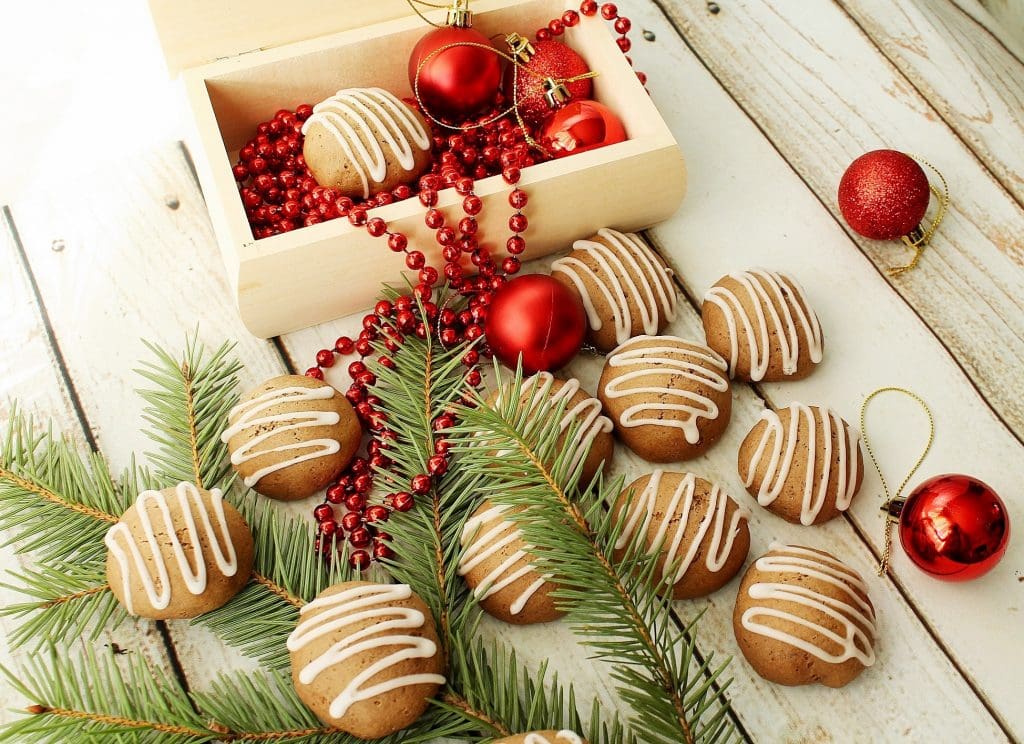
Children get ecstatic when they hear stories of Santa Claus leaving them with treasures. The most beautiful treasure is the memories of family get-togethers and Christmas desserts made each year with our family and friends.
For adults, it is a time to take a week-long break and bond with the family and of course close friends. The festive season in December calls for scrumptious treats and elegant Christmas desserts.
Travelling to a destination where Christmas holds significant value, don’t forget to try these limited-time period treats. Otherwise, you might have to wait until next year to fully enjoy the atmosphere and these scrumptious full-scale or mini Christmas desserts. Gluttony shall take over and once done you may beg for recipes of popular Christmas desserts.
Bibingka, Philippines: Bibingka, a sort of sweet, glutinous rice cake is eaten lovingly during the Christmas season. This delicacy is prepared by families from September onwards in the Philippines.
The tasty cakes were at first introduced as contributions to pre-pilgrim divine beings or were given as gifts to respected visitors. Today, bibingka is a sought-after delight among Filipinos, who regularly have it for breakfast or just after the nine-day sunrise masses during special times of the year. One of the famous festive Christmas desserts is likewise shared in the Christian-larger part spaces of Indonesia.
Bunuelos, Mexico: This light, firm, sweet dessert is an adored treat in Mexico during the Christmas season, a tradition brought by the Spanish colonizers. Made of seared batter, buñuelos are then sprinkled with sugar or absorbed piloncillo syrup (produced using natural sweetener).
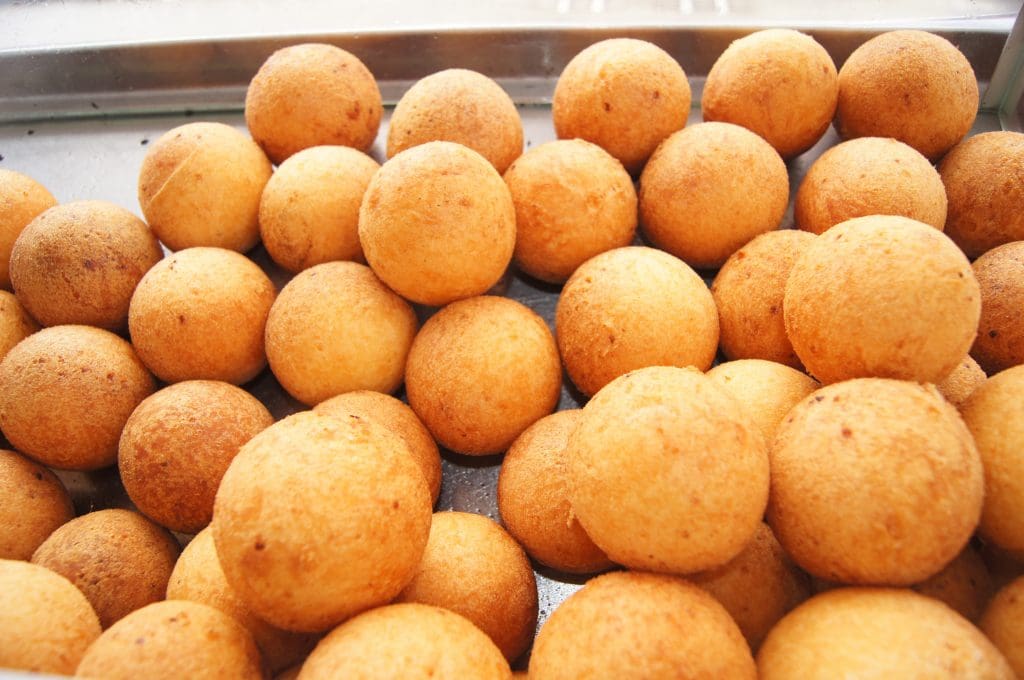
The formula and shape change from one state to another. For example, in Veracruz, they come in various flavours, like yam, pumpkin, or almond, and some are little balls or doughnuts seared in grease and tidied with sugar. In other Latin American nations, like Colombia, buñuelos are ball-molded and loaded up with cheddar. These Christmas desserts come together with laughter and family bonding.
Kahk, Egypt: In Egypt, making kahk (which implies treats) is just about as old as the pharaohs. Drawings and motifs portraying ladies making kakh were discovered etched on the dividers of pharaonic sanctuaries in the ancient cities of Thebes and Memphis. On occasions, kakh were frequently loaded down with dates and figs.
Today the shortbread-like treats, engraved with a mathematical example, are made with an assortment of stuffings – dates, pistachios, pecans – or flavoured with cinnamon, cloves, and ginger, and some of the time likewise fennel seeds, anise seeds, and mahlab (the seed of an acrid lively pit).
Rose cookies, India: This conventional delicacy is highly sought after during Christmas in the Indian territory of Goa, which was introduced by the Portuguese 500 years ago.
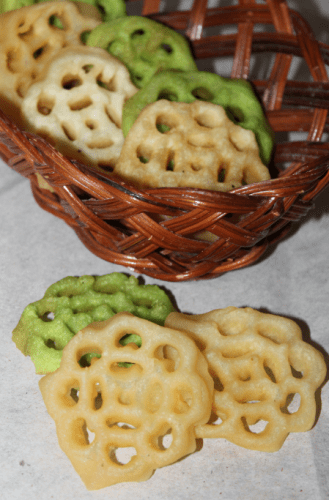
Referred to in Portuguese and Goan as rose de coque, rose treats are not treats at everything except rather singed batter injected with cardamom and vanilla. They are also called rose cookies because of the inclusion of coconut milk in the batter.
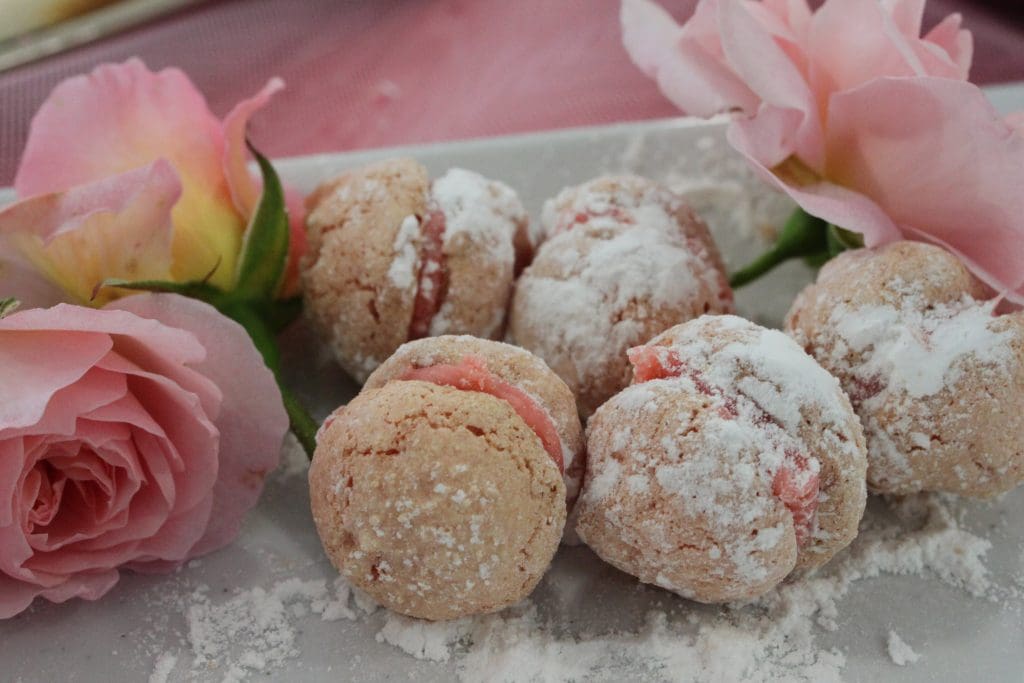
In Mangalore it is known as ‘Kokkisan’ and in Kerala as ‘Acchappam’. The rose cookies are named such because they look like roses not in color but in terms of the floral pattern. The shape comes from using Rosette irons which are available in various shapes and sizes.
Malva Pudding: Malva pudding, or malvapoeding in Afrikaans, is a rich and sweet cake well established in South Africa’s Cape Dutch culture. While not arranged only for Christmas, but it’s desired to be eaten during unique events too. Otherwise called lekker (which means heavenly) pudding, the conventional sweet is embraced by all South Africans.

It’s decorated with apricot jam and a little malt or balsamic vinegar, which give the treat a caramelized surface. Some fixing varieties incorporate ginger, liquor, or potentially Amarula alcohol. After heating, the cake is then doused with a rich sauce while still hot. This is critical, as the cake ingests the sauce while cooling, transforming into a tasty pudding. The pastry is a traditional Christmas dessert. in Cape Town.
Stollen, Germany: An authentic German symbol, this conventional cake-like food created from ground bread covered in icing sugar started in Dresden. In the Middle Ages, stollen was a hard bread made of oats, flour and water.
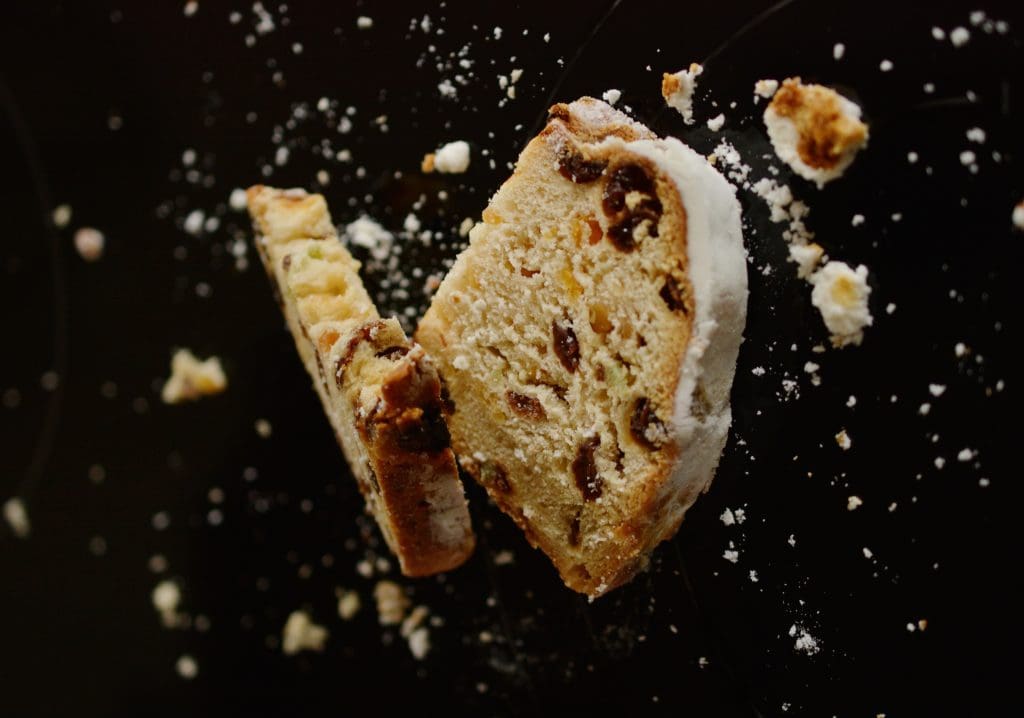
With time, the story goes, the Vatican allowed bakers to utilize other rich ingredients like raisins, marzipan, and candy-coated orange strip —that were once illegal during Advent — to make their Christmas bread. Nonetheless, the pastry specialists needed to pay a fine just as a token to their ruler. On one occasion this was with an inexorably enormous stollen, the biggest, in 1730, weighing an amazing 1.8 tons.
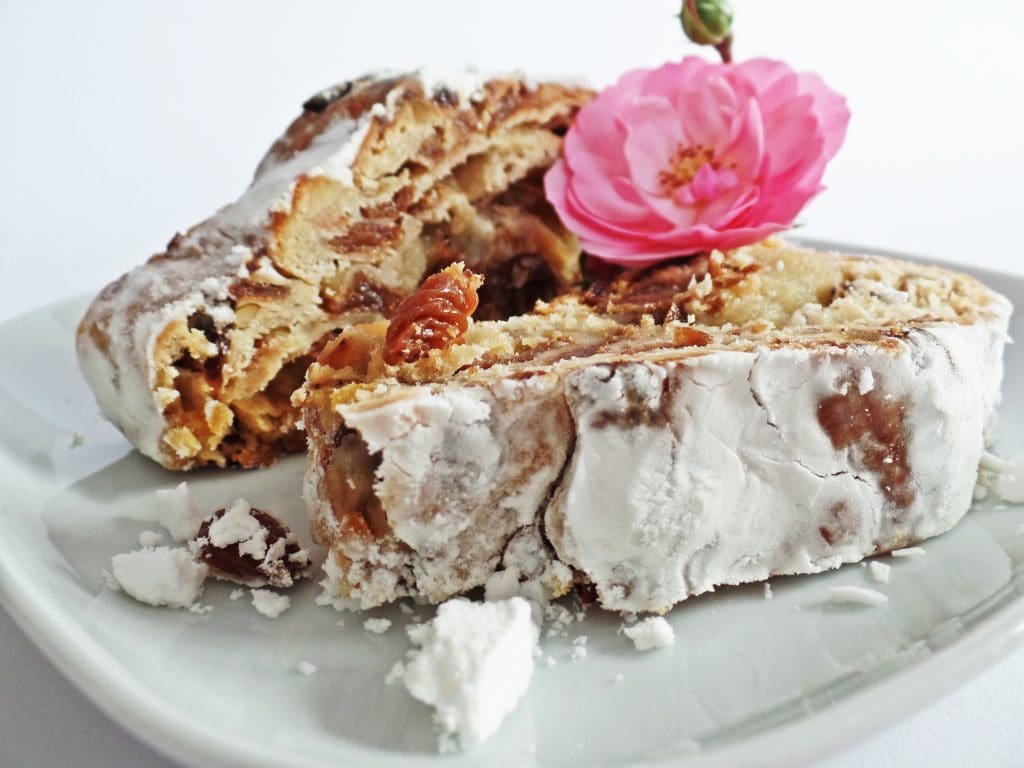
The stollen custom continues at the yearly Dresden Stollenfest, occurring on the Saturday before the subsequent Advent which always takes place in the month of December.
Beigli, Hungary: This sweet, roll-moulded is baked with a thick, swirly filling of poppy seeds or pecans is a Christmas delicacy in Hungary. Beigli traces back to age-old customs in which both poppy seeds and pecans had their emblematic importance: pecan gave assurance against wizardry spells or reviles, while poppy seeds, imported by the Ottomans, implied flourishing. Beigli’s cousin, flódni, is a Jewish-Hungarian pastry stacked with layers of apple, pecan, and poppy seeds.
The omnipresent Christmas treat as it is realized today came to Hungary in the latter half of the nineteenth century, during the Austro-Hungarian Empire. At first prepared uniquely in the home as a family custom, beigli at last spread to cukrászdas, or confectionaries.
Babka, Poland: There are numerous heavenly euphoric sweets in Poland. Babka is one of the most notable. This Chocolate Almond Babka is sweet with chocolate filling and sprinkled with squashed almonds.
Babka is generally eaten on vacations and gifted to friends and family notably on Easter and Christmas. It is a soft dense cross between a cake and a break. The dough takes the form of a loaf and is filled with raisins, currants, rum, and walnuts. A soft bite is bombarded with crunchiness, your mouth bubbles up and continues to do so.
Christmas Cake and Gingerbread treats: The conventional British Christmas Cake is served all through England (and in numerous other Western nations throughout the planet) during the Christmas season.
English Christmas includes moist zante currants, sultanas (golden raisins), and raisins that have been soaked in brandy, rum, whisky, or Sherry. After the cake has taken shape, it is time for the icing to give the season effect and decorated with ribbons, small eatable Christmas trees, and stars.
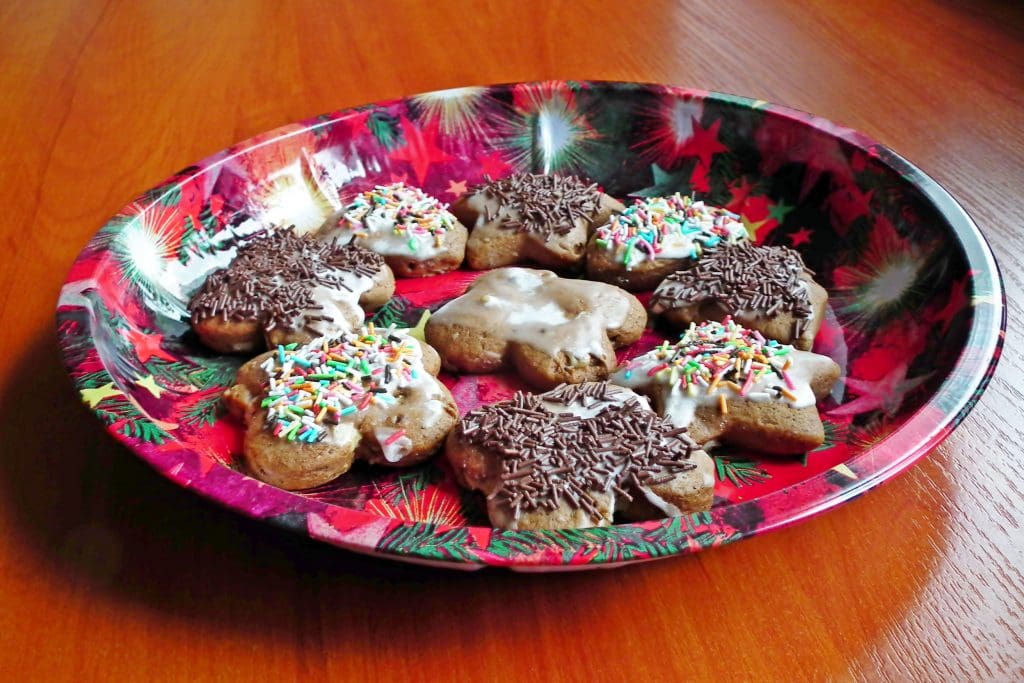
The Scottish variation of the traditional Christmas cake is called the whiskey Dundee which is made from scotch whiskey. This makes the cake very fluffy and fluttery along with delicate flavors of candied peel, raisins, sultanas, etc.
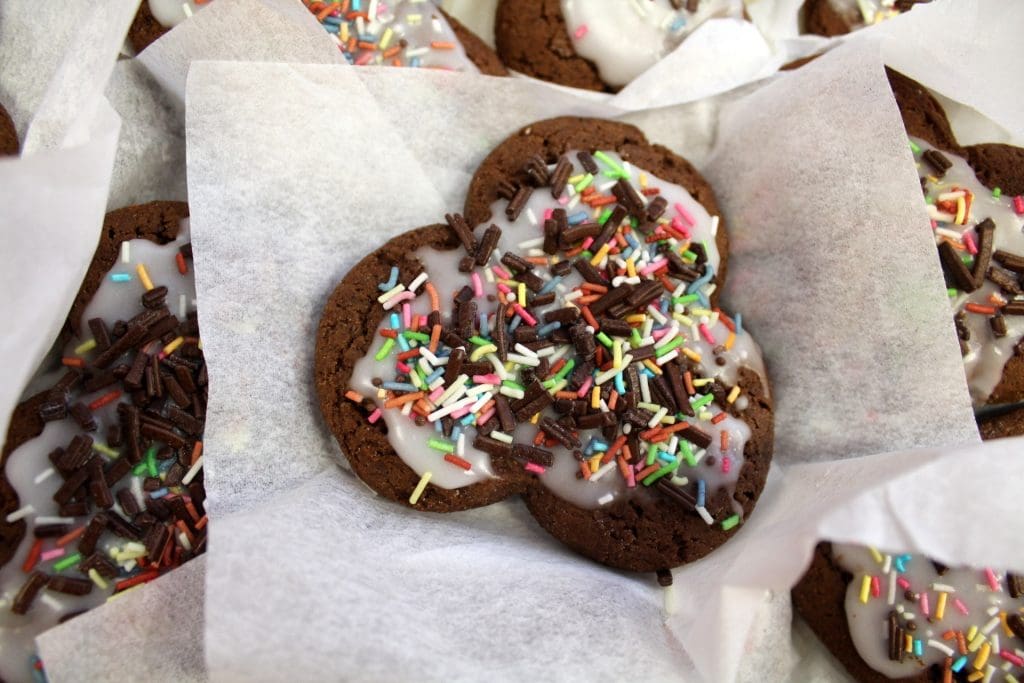
Both Christmas cake and a conventional Christmas pudding are well known in many areas of the planet, adjusting this British culture into their customs.
Christmas Pudding: This quintessential British dessert originated in Medieval England as a porridge called “frumenty.” Over time, this thick gruel would include bread, dried fruits such as prunes (which were referred to as plums), and spices.
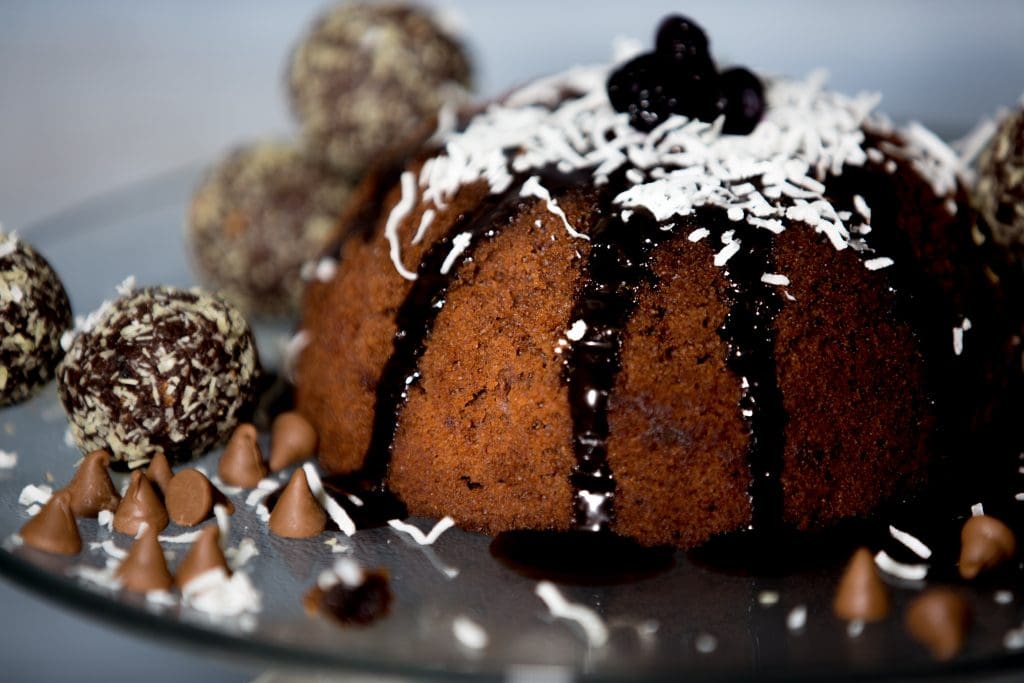
It became the dish we know today during England’s Victorian era, where it would go from being boiled in a cloth to getting shaped in a mould and being given the name Christmas Pudding in a recipe by 19th-century cookbook author Eliza Acton. Christmas pudding is also part of a centuries-old custom known as “Stir-up Sunday.”
This tradition, which falls on the last Sunday before Advent, promotes spending some serious time in the kitchen to prepare for the classic Christmas desserts feast.
Read More: Food voyager



